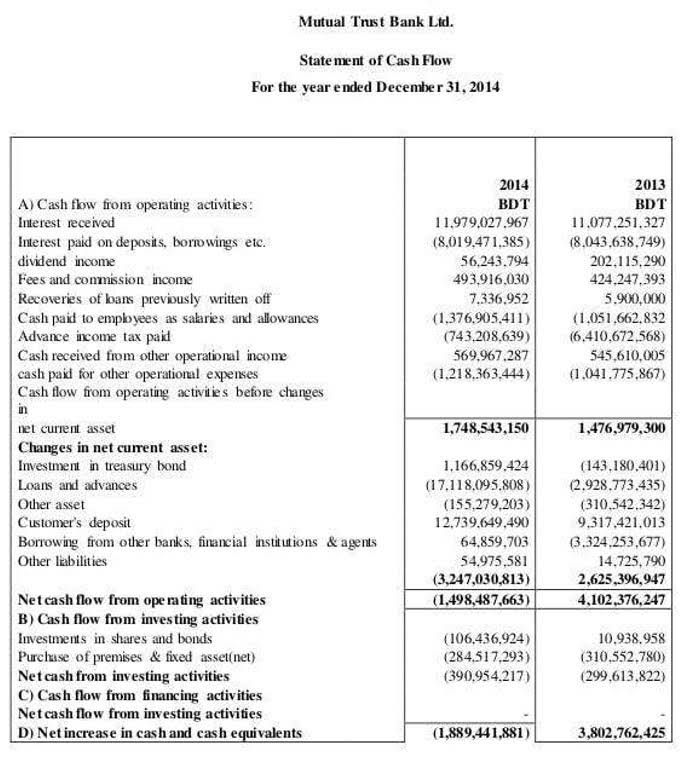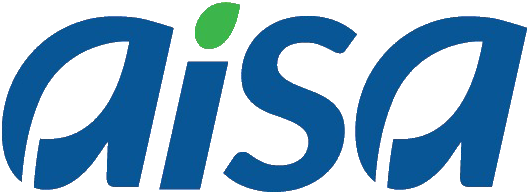
A company, ABC Co., receives a bank statement from one of its banks stating the balance in the bank account to be $2,650. On the other hand, the bank balance in the bank book of the company is $3,200. Since both balances are different, bank reconciliation should be prepared. Since the company has already obtained the balance from both the documents, the first step for bank reconciliation is complete. There are two main things that companies look for in a bank reconciliation.
The company deposits its cash receipts in a bank checking account and writes checks to pay its bills. Keep in mind—a bank account is an asset to the company BUT to the bank, your account is a liability because the bank owes the money in your bank account to you. For this reason, in your bank account, deposits are credits (remember, liabilities increase with a credit) and checks and other reductions are debits (liabilities decrease with a debit). Account reconciliation is particularly useful for explaining any differences between two financial records or account balances.
Cheques Paid into the Bank But Not Yet Collected or Credited
The bank sends the account statement to its customers every month or at regular intervals. Match the deposits in the business records with those in the bank statement. Note that Community Bank credits its liability account Customers’ Deposits (which includes the individual depositor’s checking account balance).
You will know about such information only when you receive the bank statement at the end of the month. It is important to note that it takes a few days for the bank to clear the cheques. This is especially common in cases where the cheque is deposited at a bank branch other than the one at which your account is maintained. As mentioned above, bank overdraft is a condition where a bank account becomes negative as a result of excess withdrawals over deposits. This is also known as unfavorable balance as per the cash book or unfavorable balance as per the passbook. Although fintech and automation are widely celebrated, there are still some accounting practices that need a keen set of human eyes.
What Is a Bank Reconciliation Statement?
The purpose behind preparing the bank reconciliation statement is to reconcile the difference between the balance as per the cash book and the balance as per the passbook. An outstanding cheque refers to a cheque payment that has been recorded in the books of accounts of the issuing company. But, the cheque has not yet been cleared by the bank as a deduction from the company’s cash which of the following is not a step in preparing a bank reconciliation? balance. The bank balance showcased in the passbook or the bank statement must match the balance reflected in the cash book of the customer. It is up to you, the customer, to reconcile the cash book with the bank statement and report any errors to the bank. The bank statement itemizes a company’s list of cash and other deposits made into the checking account of the business.

Ideally, you should reconcile your books of accounts with your bank account each time you receive the statement from your bank. The bank may send you a bank statement at the end of each month, every week, or even at the end of each day in case of businesses having a huge number of transactions. A bank reconciliation statement is produced after comparing the cash balance on a balance sheet to the corresponding balance on the bank statement. This act of reconciliation helps to identify whether accounting changes need to be made. Infrequent reconciliations make it difficult to address problems with fraud or errors when they first arise, as the needed information may not be readily available. Also, when transactions aren’t recorded promptly and bank fees and charges are applied, it can cause mismatches in the company’s accounting records.
How Reconciliation Works
Sending the statement directly limits the number of employees who would have an opportunity to tamper with the statement. When a company maintains more than one checking account, it must reconcile each account separately with the balance on the bank statement for that account. The depositor should also check carefully to see that the bank did not combine the transactions of the two accounts.

